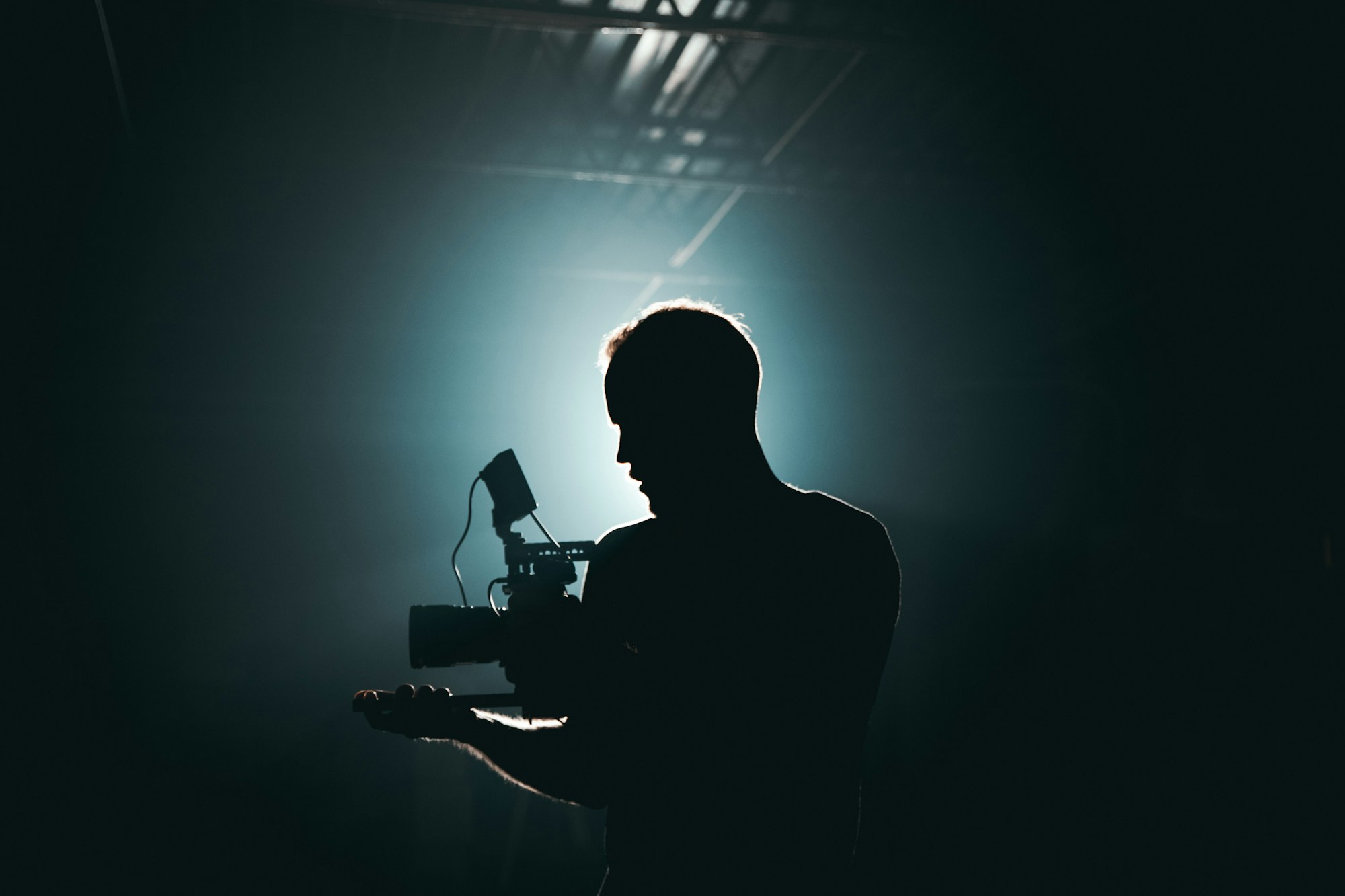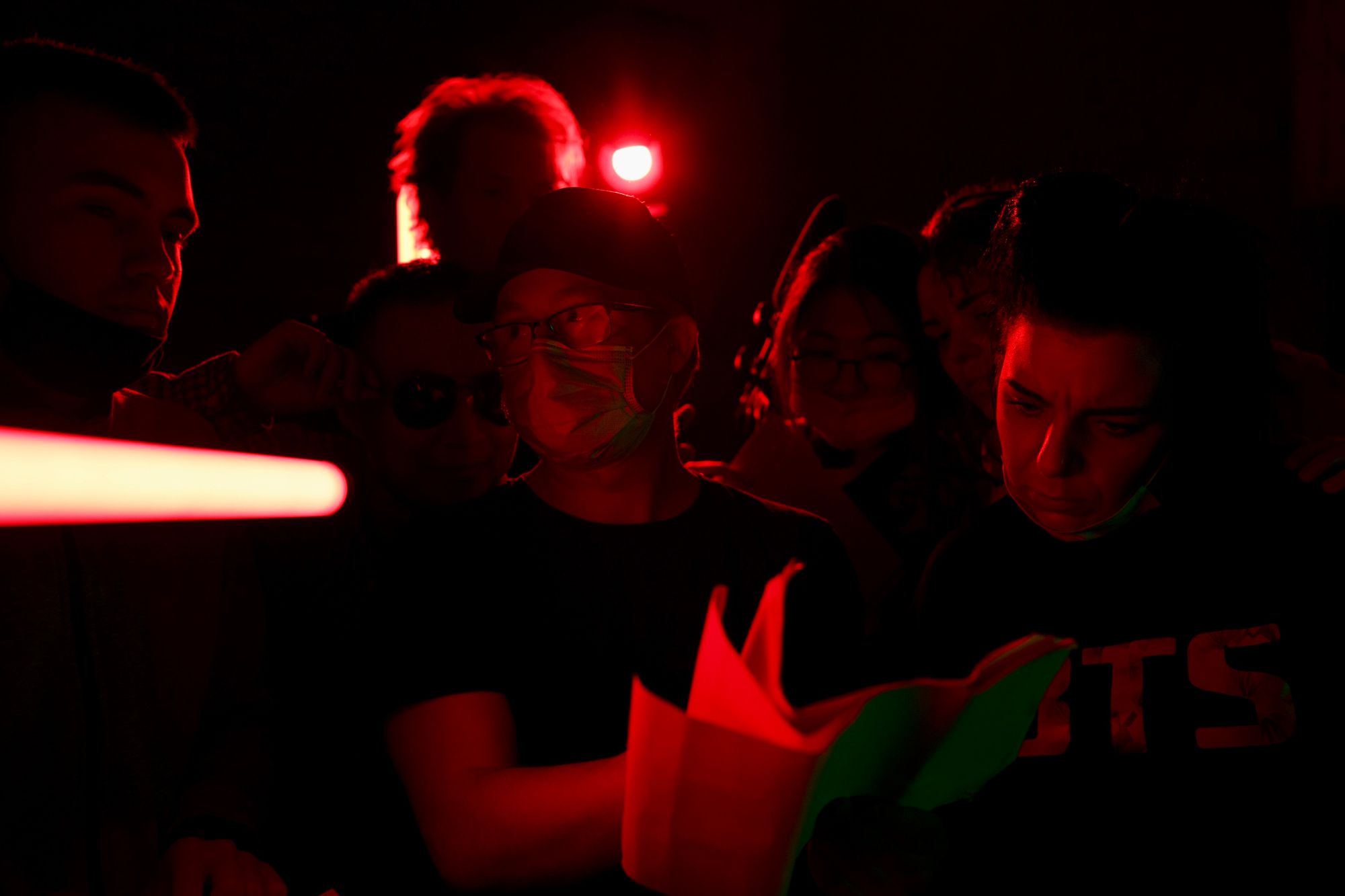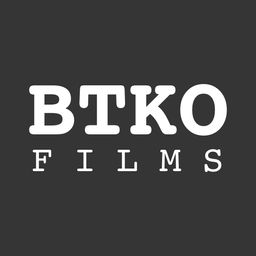The Challenges of Making a Short Film
It can be daunting to make any film, even a short film. I hope to share some of the challenges I had with our short films to help you prepare but also get exited to make your own!

Where to begin
If you're just getting started in the filmmaking world, it can be daunting to know where to start. It can be as simple as using what ever camera you have on hand and shooting a couple scenes with some friends, but with even a little planning and intention you have a chance of getting off to a better start.
Getting help
You can be a one-man-band trying to do everything yourself – at this can work in some cases if you have no choice – but the best way to get started is to have a couple close friends on your team. They don't even need any particular sets of skills for filmmaking as long as they are keen to help out and try new things and be involved.
How to afford it
It's true that the vision for the story in your head probably could use a half-million dollars! But until you get to that level it's best to keep costs in mind when you're thinking of your story.
A small scale, two-actor story in a single location can be more than enough to great a wonderful film at a very low cost. One of the greatest examples of this is Reservoir Dogs (1992). If you haven't seen it – I won't spoil it here – besides a few external locations most of the movie takes place in a single wear-house. (Definitely go watch it right now if you haven't seen it!)
Here are few more ways to lower your costs so you can get out there are start creating:
- Use the camera you have. Don't worry about the gear treadmill of the latest and greatest cameras out there. If you have a smartphone from the last 5-10 years you have a more than capable camera in your pocket to get started.
- Use locations you already have access to. If you think of all the people you know you probably have way more potential access to locations than you realize. Maybe a friend's farm or house, a co-worker's cabin, a relative's workplace, etc. Explore your potential options and think of stories that naturally (or unnaturally) fit those places.
- Get people from your local community to act. There are probably way more people than you realize who would want to be in your film. Do a small casting-call at your local library or college or school. Get people you know to do a script-reading with you. More likely than not there are many people in your community who would love to help and be involved for the cost of a sandwich and coffee.
What gear to use
As I mentioned above, using the camera you have is one of the greatest cost savers out there. And most likely you yourself or a friend have a decent smartphone to get started with.
But beside the camera, you might want to use the money you're saving on the camera, locations, and local help to get a good quality sound recorder.
You can buy or rent, but either way you'll want to have a way to capture high-quality sound of the actors dialogue and any extra sounds you want in your movie (doors slamming, walking, dogs barking).
The microphone on your phone or built into your camera just wont cut it. But you can get some great little microphones that plug into your phone or into an external recorder.
Here are a couple potential ideas for you :

What story to tell
Even with some basic gear and help from friends and your local community, it's possible to make amazing films with little to no budget. But often this comes down to the story.
Story is king. You've probably seen it for yourself actually, where the big studio spent millions of dollars but it's still a bad movie. It's probably because it's a bad story.
So once you have some locations in mind that are freely available to you and a few people to help you, you should really take the time to craft the best story you can. There is no cost for you spending more time on the story before you start filming!
Often this is because they ended up making a beat sheet instead of a story. This is when you have your concept for your story, and you write down what will have sequentially, but you forget to include actual story elements. So things definitely happen in your movie, but the audience doesn't know why, or worse still they don't care.
You can read more about our process of writing and creating our short film Adok. Where we too suffered from short-film-itus.

Here are two books I personally recommend if you're at all serious about improving your storytelling:
- Into the Woods: A Five-Act Journey Into Story by John Yorke
- The Science of Storytelling by Will Storr
Actually pushing record on the camera
Perhaps one the hardest steps after getting everything else ready is to actually committing to pushing record on your camera.
When it comes down to it, you can spend years preparing and improving and waiting for the right time, money, or actor, but at somepoint you simply need to commit and jump into the filming.
The best way I've found to get this huge ball actually rolling is to set a shooting date and sticking to it no matter what. Tell your friends, your actors, your location that you have this specific day(s) to film.
Having the date looming on the calendar is a great motivation for yourself and everyone involved to start putting in the time and effort needed to be ready for that day. Otherwise the time keeps rolling on and nothing actually happens. So again, simply set the filming dates in stone and go do it!
If you have any tips of your own we'd love to hear them. Email us or @ us on Twitter


